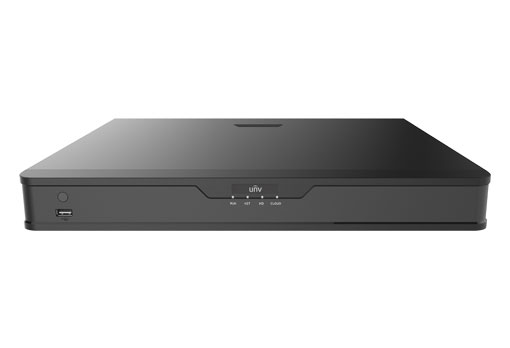
What is an XVR? Well you have heard of DVRs and NVRs, but what is an XVR? Well, we would say that the meaning of XVR in CCTV is basically a DVR on steroids (but in a good way). A DVR (Digital Video Recorder) is a device used for recording and processing HD Analog or […]
Continue Reading